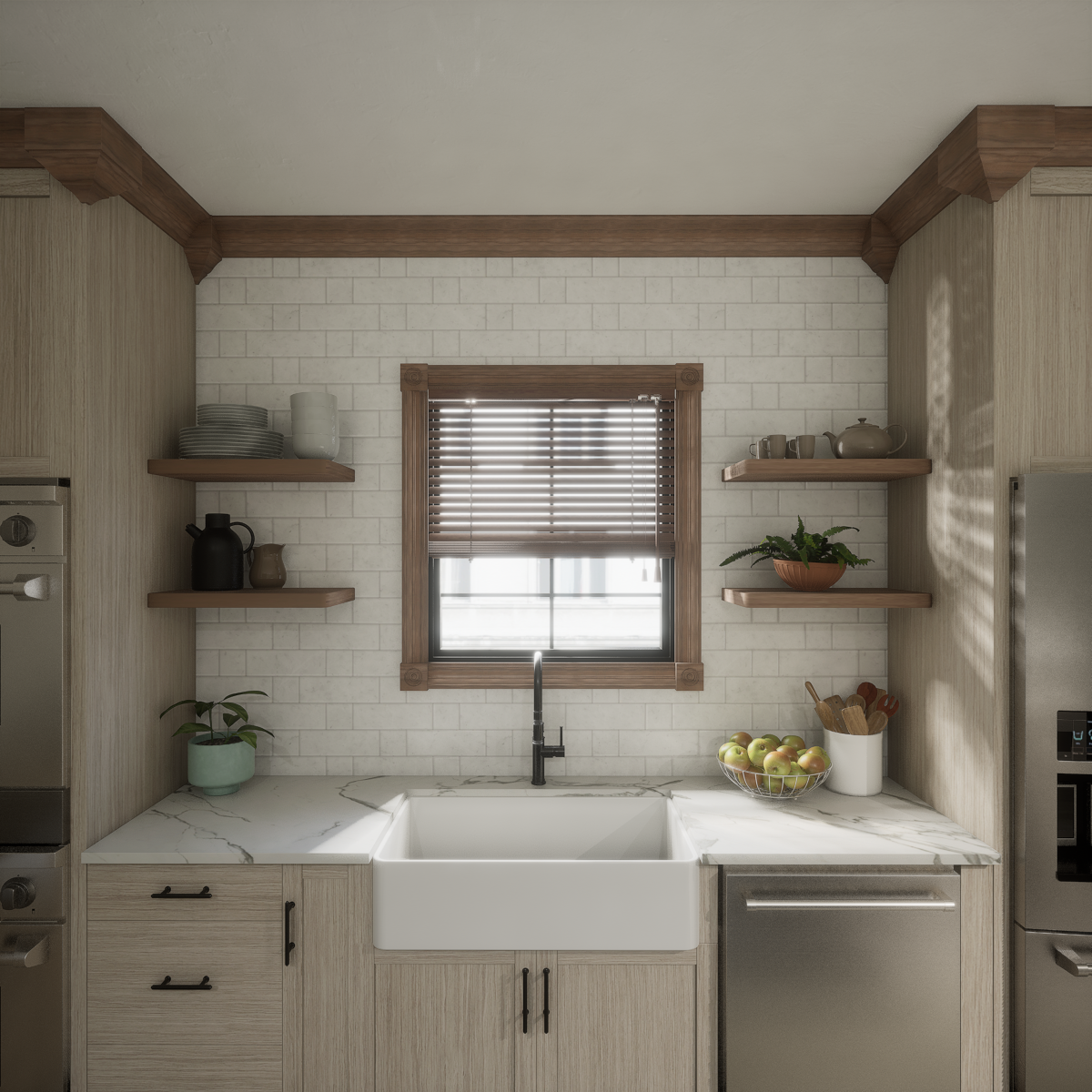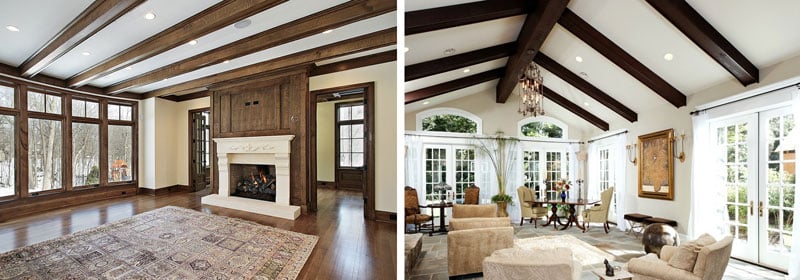When it comes to selecting the perfect crown moulding for your home, the material you choose can make a significant difference in both appearance and performance. Below, we’ll explore the pros and cons of five common materials: MDF, wood, PVC, urethane, and resin.
MDF (Medium Density Fiberboard) Crown Moulding
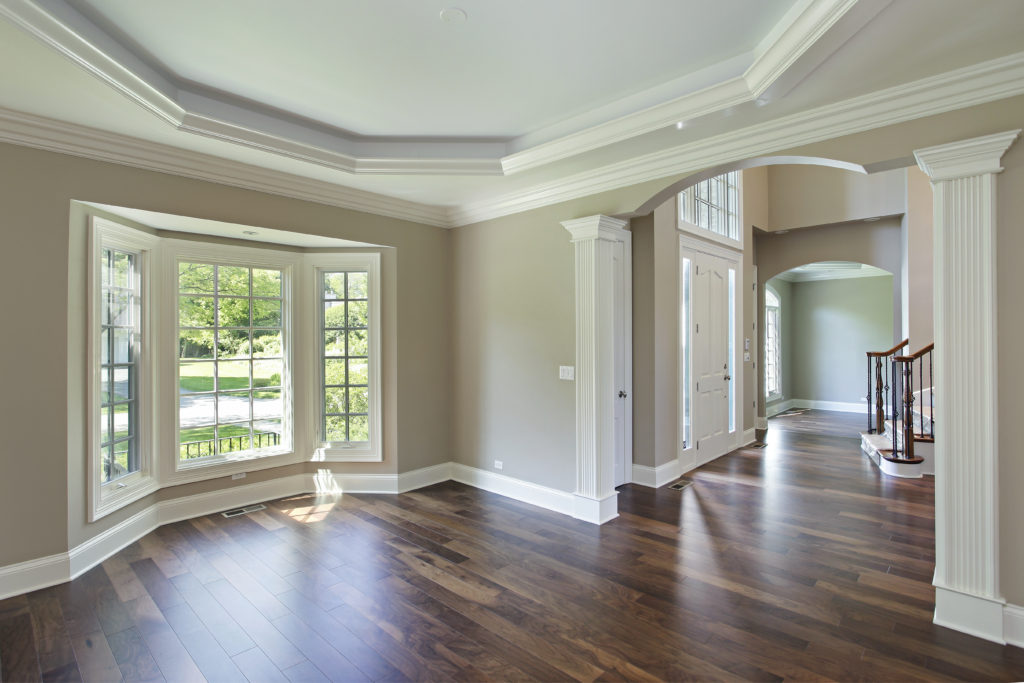
MDF is an attractive option for those on a budget, as it is typically less expensive than wood and other materials. Its smooth surface allows for a flawless paint finish, adding a sleek and polished look to any room. Additionally, MDF’s stability ensures it doesn’t warp or crack easily, providing long-term reliability. However, MDF is highly susceptible to moisture, which can cause it to swell or deteriorate over time, making it unsuitable for areas with high humidity. It also lacks the strength of natural wood, limiting its use in high-impact areas.
Wood Crown Moulding

Wood, especially FAS Grade, offers a timeless, natural beauty that is unmatched by synthetic materials. Its grain patterns and texture add elegance and warmth to any space, while its durability ensures it can withstand wear and tear, making it a long-lasting option. Additionally, wood is highly customizable, easily stained or painted to match your décor, and can be intricately carved for unique designs. However, high-quality wood, such as FAS Grade, comes at a premium price. Furthermore, wood requires regular maintenance to protect it from pests, moisture, and other environmental factors. Finally, wood is significantly less flexible than other materials, which can make installation more difficult. Precision in mitering is particularly important when working with wood, so it can be much more difficult for DIY’ers who aren’t familiar with how to cut crown moulding.
PVC (Polyvinyl Chloride) Crown Moulding
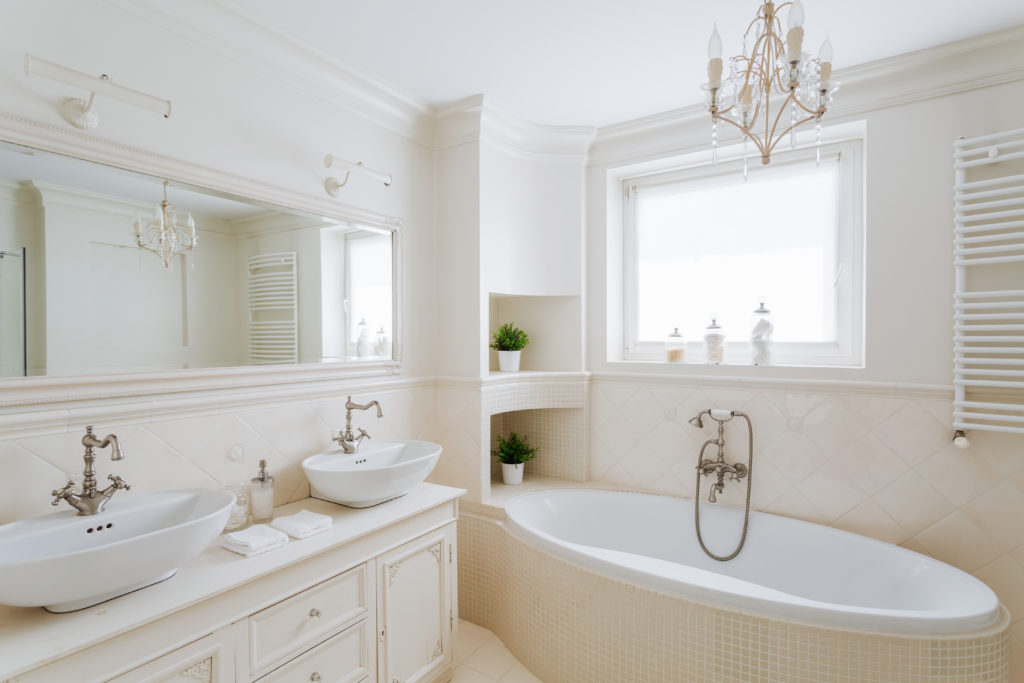
PVC is an excellent choice for bathrooms, kitchens, and other moisture-prone areas, as it is completely waterproof. It is resistant to rot, insects, and warping, ensuring longevity and making it a low-maintenance option that is easy to clean. However, while PVC can mimic the look of wood, it often lacks the depth and richness of real wood grain. Additionally, the production and disposal of PVC can have negative environmental effects, which is a consideration for eco-conscious homeowners.
Urethane Crown Moulding

Urethane moulding is lightweight, making it easier to handle and install compared to wood. Because it is formed in a mould, it can be shaped into intricate, beautiful patterns at a fraction of the cost and time it would take other materials, making it the ideal material for those seeking complex designs. Urethane is also resistant to moisture, insects, and temperature changes, ensuring durability in various conditions. Finally, urethane is much more eco-friendly than PVC. However, urethane moulding can be more expensive than MDF and PVC, though generally less costly than high-grade wood. It often needs to be painted, as it doesn’t always come with a finished look, adding an extra step to the installation process.
Resin Crown Moulding
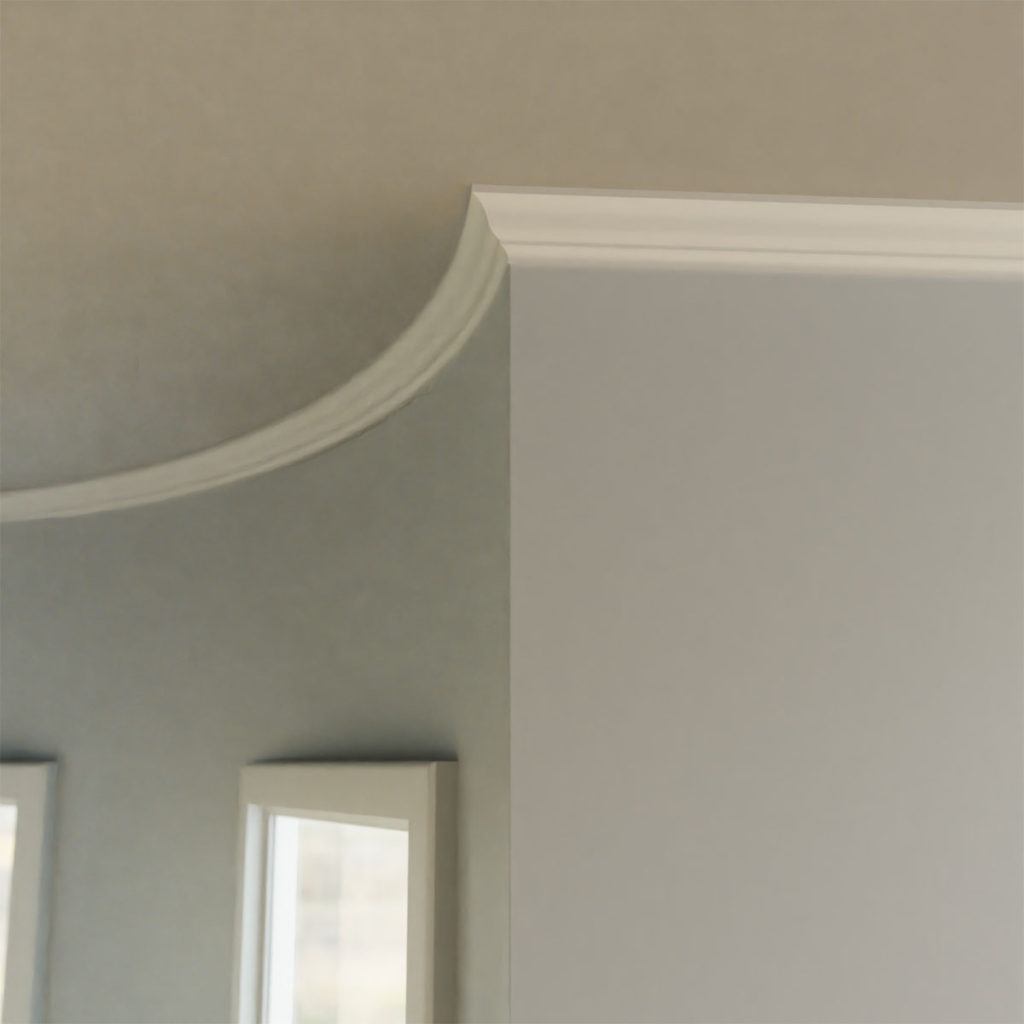
Resin Moulding provides consistent quality and appearance, with no knots or grain variations. Likewise, it is more flexible than other moulding materials, allowing it to be installed more easily in difficult rounded corners and walls. However, resin can be brittle and may crack or chip if subjected to strong impacts. High-quality resin moulding can also be expensive, often comparable to premium wood options.
Conclusion
Choosing the right material for your crown moulding depends on your specific needs and preferences. MDF offers affordability and a smooth finish but falls short in moisture resistance. Wood, particularly FAS Grade, stands out for its natural beauty and durability but requires a higher budget and regular maintenance. PVC is excellent for moisture-prone areas but may lack the authentic look of wood. Urethane provides a good balance of detail and durability, while resin excels in flexibility but can be brittle.
